Ecosystems
-
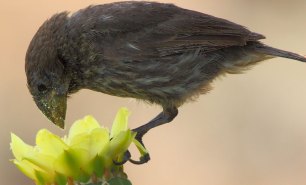 Animals
AnimalsFlowers make the menu for nearly all Galapagos birds
Almost every species of Galapagos land bird has been found feeding on the nectar and pollen of flowers. Such an expansion of diet has never before been observed.
-
 Ecosystems
EcosystemsWhen animals invade human spaces
‘Feral Cities’ explores the wildlife living amongst us, sometimes noticed and sometimes not.
By Nathan Seppa -
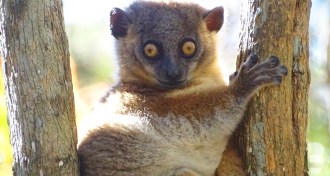 Animals
AnimalsLemurs expected to lose much of their ranges this century
As the climate warms, Madagascar’s little primates will lose habitat, threatening some with extinction.
-
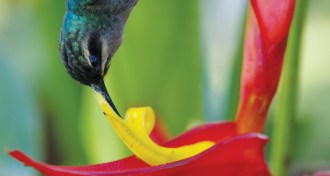 Plants
PlantsTropical plant knows whose bill is in its flowers
A rainforest plant avoids inbreeding by accepting pollen only from hummingbird species that must travel to reach it.
-
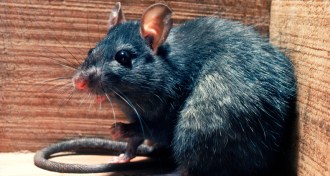 Ecosystems
EcosystemsBubonic plague was a serial visitor in European Middle Ages
Outbreaks of Black Death in medieval Europe may have been triggered by faraway weather patterns and hungry gerbils.
-
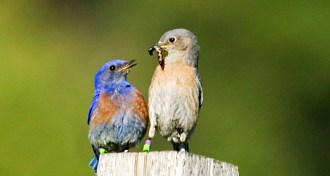 Ecosystems
EcosystemsBluebird moms inadvertently fuel wars between species
Extra hormones delivered to eggs holding sons in tough times end up driving one bluebird species to chase off another
By Susan Milius -
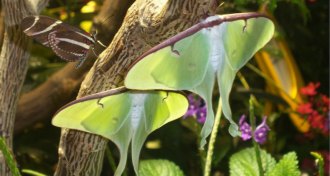 Ecosystems
EcosystemsFooled you! Whirling tails of luna moths deflect bat attacks
Luna moths can use their tails to reflect the echolocation pings of bats, tricking the predators into striking the tails instead of less expendable body parts.
By Susan Milius -
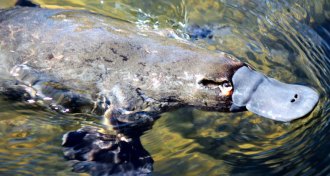 Animals
AnimalsCats and foxes are driving Australia’s mammals extinct
Since the arrival of Europeans in Australia, a startling number of mammal species have disappeared. A new study puts much of the blame on introduced cats and foxes.
-
 Earth
EarthMineral hunting, mob math and more reader feedback
Readers ask about Earth's most abundant mineral and discuss the notoriously unpredictable behavior of pedestrians.
-
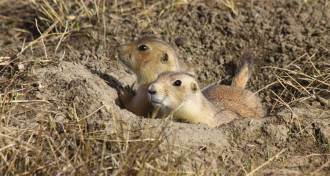 Ecosystems
EcosystemsNoise made by humans can be bad news for animals
Animals live in a world of sounds. Clever experiments are finally teasing out how human-made noise can cause dangerous distractions.
By Susan Milius -
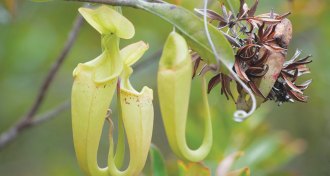 Plants
PlantsFairly bad pitcher traps triumph in the end
Carnivorous pitcher plant traps rarely catch much, but their lackadaisical hunting turns out not to be so lame after all.
By Susan Milius -
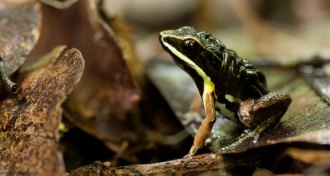 Animals
AnimalsRainforest frogs flourish with artificial homes
A rainforest frog population grew by about 50 percent when scientists built pools for tadpoles that mimic puddles made by other animals.